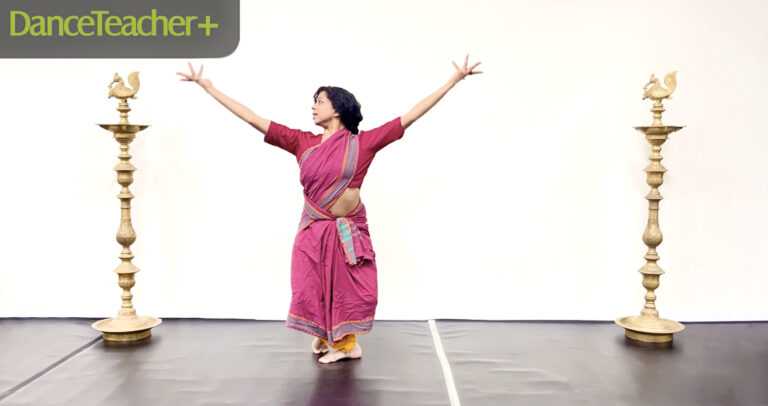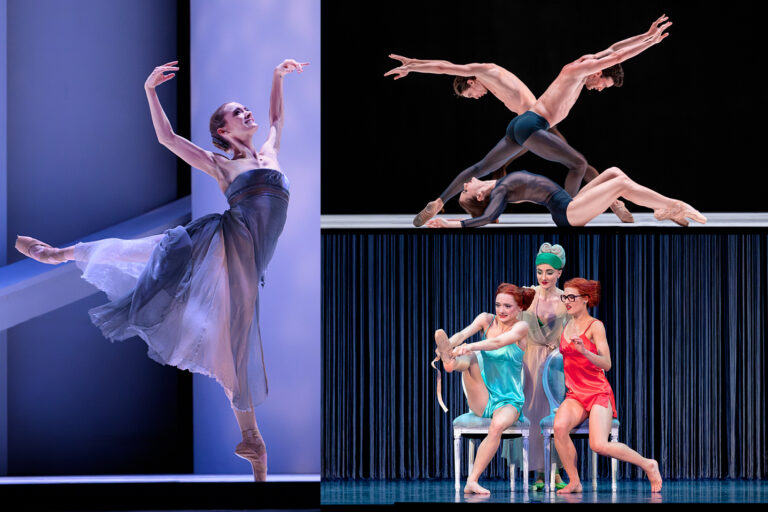Rosie Herrera’s path from Miami performer to American Dance Festival darling sounds more than a little like a fairy tale. When the Miami Light Project asked her to create a work for a program of emerging South Florida–based artists, Herrera assembled a crew of performers on the fly. “I bartered with all of my friends: ‘If you’re in my dance show, I’ll choreograph your gay pride performance.’ Or, ‘If you do this, I’ll choreograph your quinceañera,'” she says. It so happened that then-ADF director Charles Reinhart was in the audience. He was impressed with Herrera’s gut-wrenching and skillful blend of dance, theater, film and cabaret and invited her company to perform at the festival that summer. “He gave me his brand of approval, and it opened all these doors,” says Herrera. “It was as if my company formed against my will—but much to my delighted surprise.” Since then, she’s been back to ADF nearly every year, whether to create a work on the students or her own troupe. This month, Herrera will bring her new piece, Carne Viva, as part of ADF’s season at The Joyce Theater in New York City.
Training: BFA from New World School of the Arts
Performance: Circ X in Miami; Performers Music Institute Opera Ensemble, as a lyric coloratura soprano
Choreography: Founded Rosie Herrera Dance Theatre in 2009; received a Princess Grace Choreography Fellowship in 2013
On the technique of performing “Sometimes people don’t realize performance is a technique. You have to build a performative tool belt, especially if you’re a natural performer. It’s like: If you have a natural voice, you’ll lose your voice easily; but if you have a voice built with technique, it’s rare that you lose your voice. It’s my job as director to create provocations for the dancers, to keep them engaged in a really alive way for these emotionally exhausting pieces—for them to build that tool belt.”
What she looks for in dancers “Risk takers. That doesn’t mean just flinging your body across the stage. It’s people who are willing to bring all of who they are into whatever you’re doing in the studio, whether that’s tombé pas de bourrée or full-out crying. Someone who knows their body in a really deep way—to know its secrets, its power, its fears. And good hygiene. Nobody brings that up, but I think that says something about your approach to working with other people. If you don’t smell good, I don’t want to work with you.”
Why she stays in Miami “It’s the place where I am most moved. I want to make work that’s reflective of where I am: my culture, my community. With American modern dance, it can get so cerebral—you start to create work for other choreographers, and you think, ‘Oh, that’s clever.’ I don’t want to be clever. Dance is how we express ourselves. It’s not just something that belongs to an elite class. It’s not just for people with a certain body type.”





